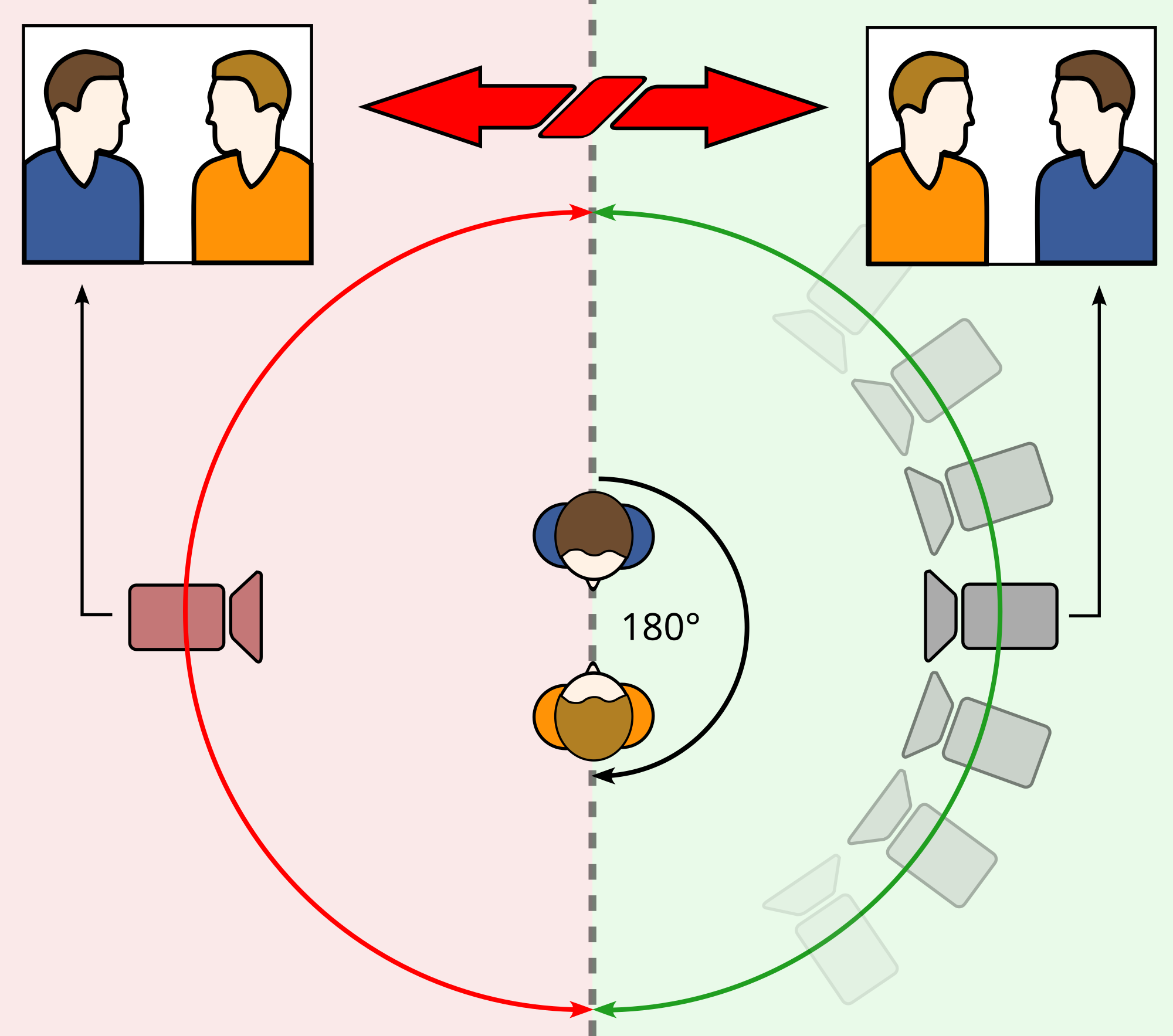TV title: American Horror Story Freak show
Date of Release: October 8th 2014
Production Companies:
Brad Falchuk Teley-Vision
Ryan Murphy Productions
20th Century Fox Television
Distributioners:
20th Century Fox Home Entertainment
The opening sequences are 1 minute 5 seconds long in length, made up of disjointed shots of characters and location. It also features white font type of actors such as Sarah Paulson over the top of stop motion animation and CGI (Computer Generated Imagery . However, the first queued titles of the opening 'American Horror Story' is written in black. This could be used to emphasise the name of the series or to make the title stand out against the background. The most important companies such as FX are presented first before the actors again showing the importance of it and who it was brought to you by.
As mentioned, the way that the opening flows is very disjointed. This could symbolise the theme of freak show as it gives the effect of being viewed by a kinetoscope typically found in shows and performances such as circuses and freak shows. This opening also involves a lot of symbolic iconography which relates to both the theme of freak show and the genre such as clowns displaying fear and horror and the use of broken toys like the dolls. The music in the title remains intact albeit with an added carnival-like soundscape created by a metallic rhythmic instrument. This is very horror based giving the audiance a foreboding effect and drawing them into the title sequence
Throughout the title sequences vague hints of important plot elements and events that compose the season. However it does not include the characters used but gives hint as to who is in the series. For example two bodies skeleton relates to the characters that are in the series (Dot and Betty the two headed girls). It does not reveal much of series but includes features that are related to the theme of the program such as the characters and props - spinning wheel foreshadowing the future episode involving this prop
